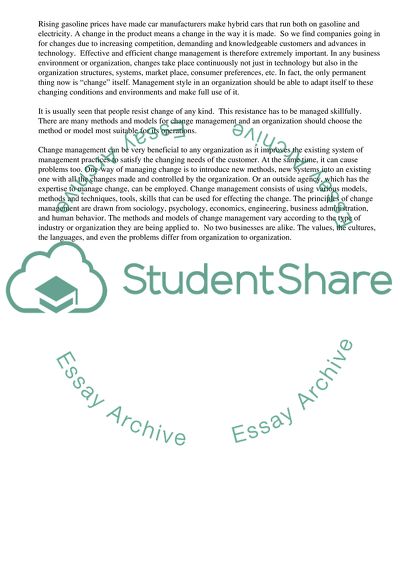Cite this document
(How Concern for the Environment Has Changed the Cars' Design Coursework, n.d.)
How Concern for the Environment Has Changed the Cars' Design Coursework. Retrieved from https://studentshare.org/management/1707616-how-would-you-manage-a-complex-change-project-at-a-car-manufacturing-company
How Concern for the Environment Has Changed the Cars' Design Coursework. Retrieved from https://studentshare.org/management/1707616-how-would-you-manage-a-complex-change-project-at-a-car-manufacturing-company
(How Concern for the Environment Has Changed the Cars' Design Coursework)
How Concern for the Environment Has Changed the Cars' Design Coursework. https://studentshare.org/management/1707616-how-would-you-manage-a-complex-change-project-at-a-car-manufacturing-company.
How Concern for the Environment Has Changed the Cars' Design Coursework. https://studentshare.org/management/1707616-how-would-you-manage-a-complex-change-project-at-a-car-manufacturing-company.
“How Concern for the Environment Has Changed the Cars' Design Coursework”. https://studentshare.org/management/1707616-how-would-you-manage-a-complex-change-project-at-a-car-manufacturing-company.


